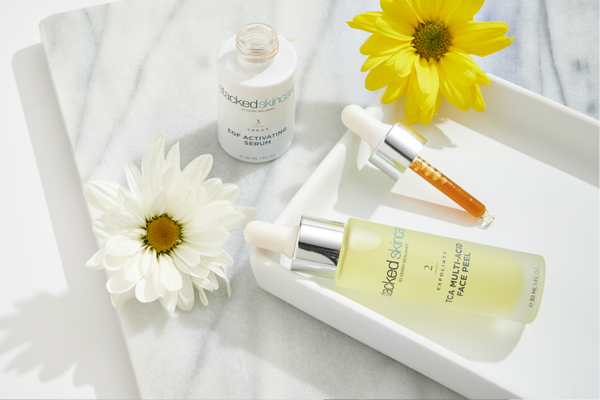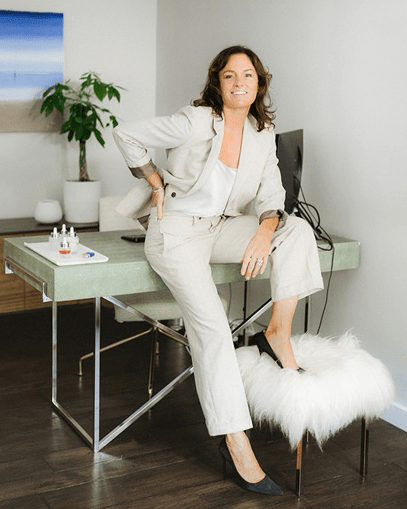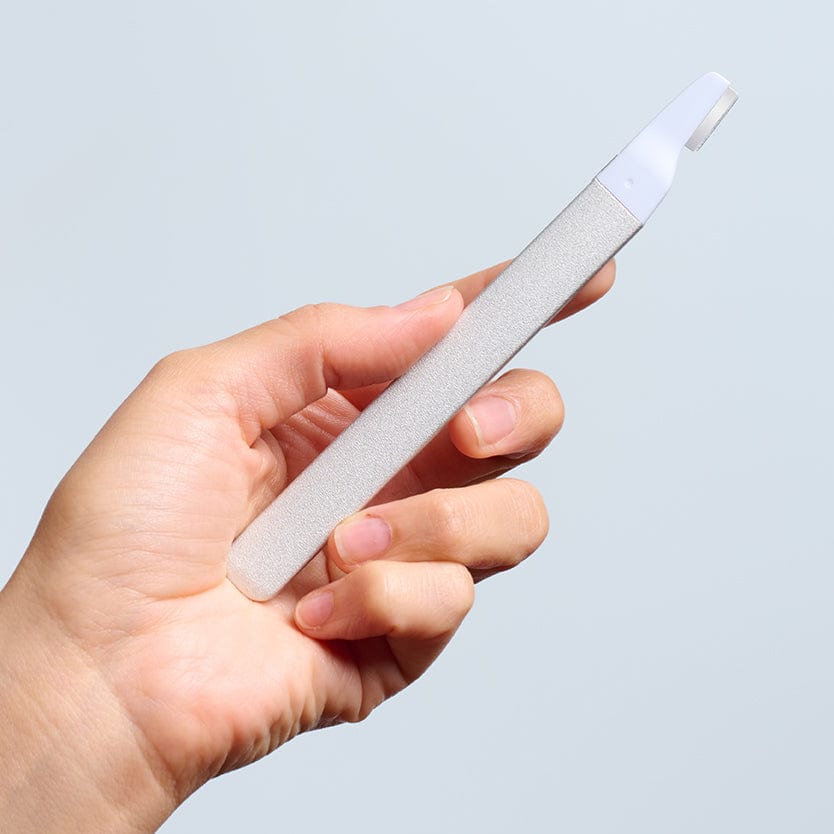Period Skincare Cycle Days 17-28: What Helps Skin During Luteal Phase?
Written by Kerry Benjamin

As your hormones ebb and flow throughout your menstrual cycle, your skin too undergoes some major shifts. Picking the right products and using them at the right time in your cycle can help your skin return to balance more quickly.
To help you navigate the skin changes you might notice every month, we’re doing a deep dive into the four stages of the hormonal cycle and how you can flex your skincare routine to keep your skin healthy and clear all month long. This post covers everything you need to know about the luteal phase of your cycle. For a full rundown of the other hormonal phases, visit the following: Menstruation (Days 1-6), Follicular (Days 6-12), and Ovulation (Days 13-16).
The Luteal Phase (Day 16-28): What It is
The luteal phase is the window of time between ovulation and your period. This is the longest phase of the menstrual cycle, lasting roughly 15 days. After an egg is released and settled in the uterus during ovulation, your body starts to prepare for a possible pregnancy by thickening the lining of the uterus with nutrients designed to nourish the egg if it is fertilized. If the egg doesn’t get fertilized, your body begins to prepare for the next phase– menstruation.
Your Hormones During The Luteal Phase
During the luteal phase, there is a big drop off of estrogen as progesterone starts to take center stage, helping the body thicken the uterine lining. This quick decrease in estrogen and increase in progesterone can impact both the body and mind. Because progesterone is in charge of producing the stress hormone cortisol, you might experience anxiety or low mood. High levels of progesterone also increase food cravings, and can make you feel bloated and tired.
Your Skin During The Luteal Phase
Hormonal fluctuations during the luteal phase can have some less-than-desirable effects on the skin. Progesterone activates our oil glands, causing oilier skin and clogged pores. Progesterone can also cause the skin to swell, increasing inflammation and sensitivity and creating a breeding ground for acne-causing bacteria P.acnes, which can make your skin susceptible to painful, cystic breakouts. Hormonal breakouts often pop up on the chin or jawline, so if you notice a sudden appearance of pimples in this area, you likely have your hormones to thank.
How To Care For Skin
Managing oil, keeping acne-causing bacteria at bay, and preventing dead cell buildup is key to managing skin during the luteal phase. Since your skin is sensitive during this part of the cycle, keep your skincare gentle and exfoliate with peels instead of abrasive scrubs.
Opt for a multi-acid peel like our TCA Lactic & Glycolic Face Peel to gently remove dead skin and help balance oil. Our peel contains salicylic acid, a gentle acid that fights breakouts and excess oil production. A clarifying serum like our EGF Activating Serum can also help–epidermal growth factors help speed acne healing but, unlike most common acne treatments, won’t make skin irritation worse.
If you’re in the middle of dealing with a painful hormonal breakout, target blemishes directly with our High Frequency Acne Device. This innovative tool uses an electric current to instantly kill acne-causing bacteria in the pores and calm inflammation. Follow with our Cryo Sculpting Roller to further minimize swelling and inflammation.
About the Author

Kerry Benjamin, a licensed aesthetician, has over 14 years of experience. Kerry is the driving force behind StackedSkincare. As the company's CEO, Kerry has dedicated her career to revolutionizing skincare. Her innovative approach combines peels, serums, and specialized tools to effectively address a wide range of skin concerns. CA LE license number Z98459.

